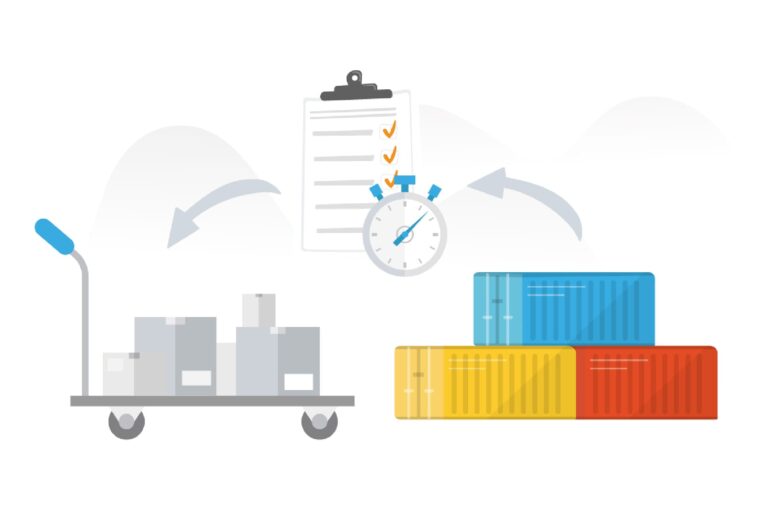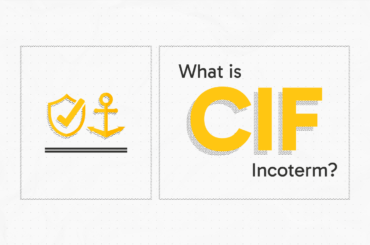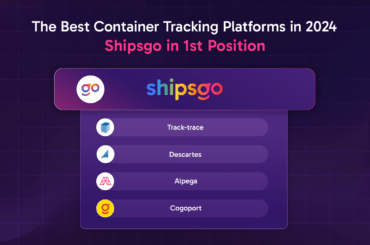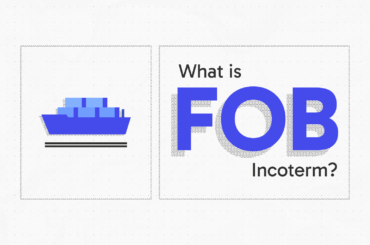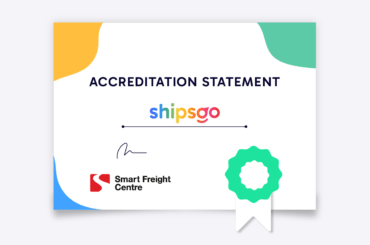Classification of inventory carrying cost
Inventory carrying costs of a company can be classified as follows;
- Opportunity Cost (Capital Cost): The opportunity cost of holding inventory. This should be based on the company’s cost of capital (mainly libor based (https://www.global-rates.com/interest-rates/libor/libor.aspx) using the following formula; Cost of Capital x Average Net Value of Inventory
- Storage and Handling Costs: Costs related with the physical environment and inventory handling.
- Shrinkage: The costs associated with breakage, pilferage, and deterioration of inventories. Usually pertains to the loss of material through handling damage, theft, or neglect.
- Insurance and Taxes: The cost of insuring inventories and taxes associated with the holding of inventory.
- Total Obsolescence for Raw Material, WIP (Work in Progress), and Finished Goods Inventory: Inventory reserves have taken due to obsolescence and scrap and include products exceeding the shelf life, i.e., spoils and is no good for use in its original purpose.
About ShipsGo
ShipsGo’s vision is to make people happy with the information. Since the beginning of our journey in the container transportation business, we have been trying to organize the shipping industry’s information and make it accessible universally. We have developed our well-known two products in the digital container transportation market; container tracking and route finder. These two products were developed for “visibility” in container transport. We provide information on the current position of containers and carriers’ route performances (transit time and reliability). We have reached 5,000 daily searches on our website from 70+ countries and plan to reach 30,000 daily searches worldwide.
